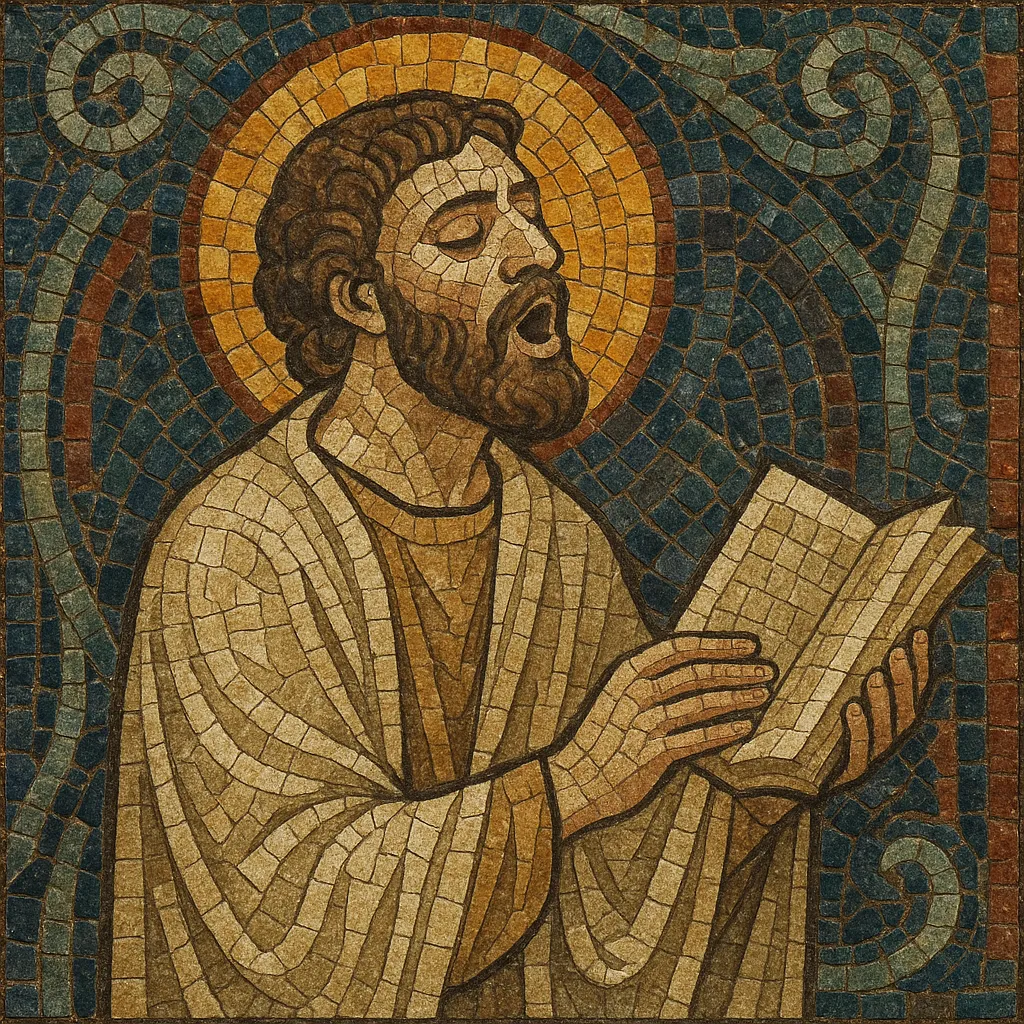Gallican chant is the body of liturgical plainchant associated with the Gallican rite practiced in early medieval Gaul (roughly modern France and adjacent regions) before the Carolingian reforms.
It is monophonic, unaccompanied sacred vocal music in Latin, intended for the Mass and Office. While only fragmentary musical sources survive, contemporary accounts and later comparative musicology suggest a highly ornate, melismatic style with certain Eastern (Byzantine) inflections and distinctive local liturgical usages.
Gallican chant is historically important because its encounter and fusion with imported Roman chant in the late 8th–9th centuries helped give rise to the repertory we now call Gregorian chant.
Gallican chant emerged within the Gallican rite, the family of Latin liturgies practiced in post-Roman Gaul. By the 7th–8th centuries, regional episcopal sees and monastic centers had developed a distinctive chant practice for the Mass and Office, sung by clerics and monastic choirs in Latin. While the musical notation we associate with later chant had not yet been standardized, textual rubrics and later testimonies describe a tradition notable for expressive melismas and local ceremonial particularities.
Relatively few melodies survive securely as "Gallican," because the tradition was gradually displaced and absorbed into the emerging Carolingian synthesis. Evidence for it comes from early liturgical books (e.g., Missale Gallicanum Vetus, Missale Gothicum, and the Bobbio Missal), descriptive accounts, and comparative analysis with related Western chant families (Ambrosian, Mozarabic) and Byzantine practices. Scholars infer that Gallican chant likely exhibited ornate melodies, responsorial psalmody, and distinctive tropes/litanies that colored later Gregorian forms.
In the late 8th and early 9th centuries, Carolingian rulers promoted Roman liturgy and chant as imperial unifiers. In practice, Roman materials met entrenched local Gallican usages, producing a hybrid that crystallized into what we call Gregorian chant. Thus, Gallican chant did not vanish so much as it was subsumed; many stylistic gestures, melodic turns, and liturgical structures may reflect this Gallican substrate. Its legacy endures indirectly through Gregorian chant and the broader foundations of Western sacred music.


